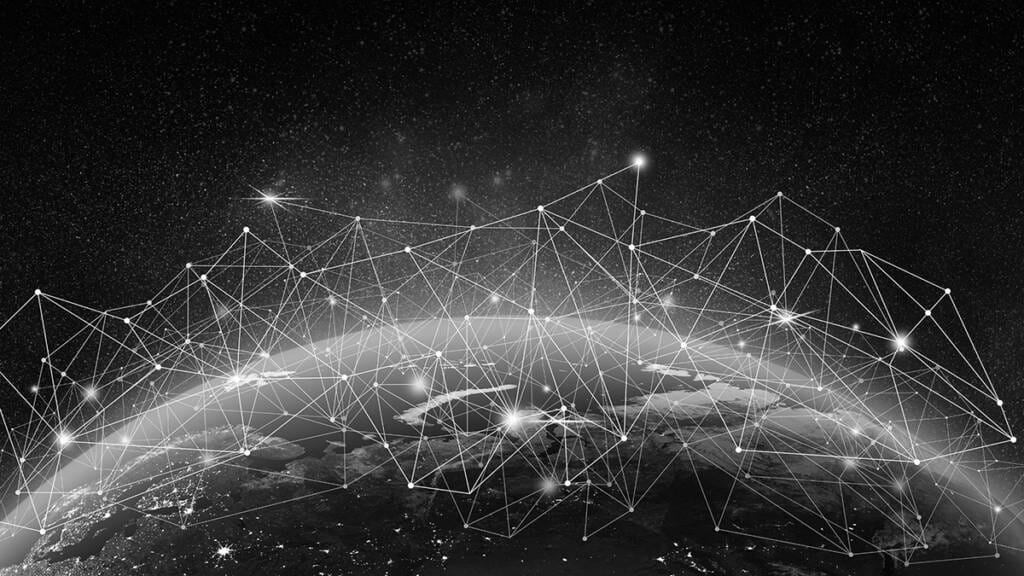Low-income and emerging nations are expanding their internet infrastructure almost ten times faster than the developed world. But despite the triumphs of higher connectivity and cheaper access, many problems still persist, the Inclusive Internet Index reveals.
“Connectivity gives people a voice and helps them find and share knowledge, strengthen their economies, and improve their communities,” write Robert Pepper and Molly Jackman, Facebook’s head of global connectivity policy and public policy research manager, respectively. “Bringing people online can offer life-changing opportunities, but there are still approximately 3.8 billion people without internet access.”
Facebook and The Economist Intelligence Unit’s second annual Inclusive Internet Index has revealed that the developing world has increased internet access by 65.1 percent over the past twelve months. Despite this impressive growth, the absolute numbers are less impressive: low-income-nation access to the internet is still only 13.2 percent of households.
Expanding and improving access to 4G mobile internet networks is picking up the slack, nearly doubling in availability for low-income countries.
“In some countries, fixed-line internet access is too expensive or inaccessible — that’s why mobile services are critical,” Pepper and Jackman write. “In fact, the average 4G coverage rate for low-income countries increased year-over-year from 9.1 percent to 17.3 percent, with particularly rapid expansion in Guatemala, Indonesia, Thailand, Zambia and China.”
This increased access to the internet is driving consumers in developing and emerging markets to earn more, spend less and feel more independent. Almost 70 percent of internet users in Asia, the Middle East and Africa claim that internet access has made them more empowered and independent, while 67 percent believed that internet access is a human right. In the same regions, the average price for broadband plans dropped by 17 percent.
Not all of the Internet Inclusivity Index’s findings were positive, however. Despite reduced costs, the price of internet access is still too high for many, especially in developing countries.
“People are still devoting too much of their earnings on internet access relative to their income level,” write Pepper and Jackman. “In too many low-income countries, it is still not as affordable as the UN 2025 target of less than 2 percent of GNI [gross national income] per capita.”
Additionally, concerns over privacy and security have caused many to limit their internet use. Fears over “creepy” messaging isn’t limited to the first world: less than half of all internet users feel at least “somewhat” confident that their online activity is private, and 85 percent of European users claim that privacy concerns have caused them to use the internet less.
This fear can hit brands, especially ones focused on e-commerce, directly in their wallets. Only 62 percent of global Inclusive Internet Index respondents reported feeling safe and secure while online shopping, costing e-retailers potential customers through no direct fault of their own.
The push for a more inclusive internet is making significant progress, but work remains to be done if marketers hope to expand their share of global prosperity.
“Private companies can continue to extend the internet’s infrastructure and invent new technologies and applications that increase access to connectivity and amplify its relevance,” Jackman and Pepper write. “There is still more to do.”

